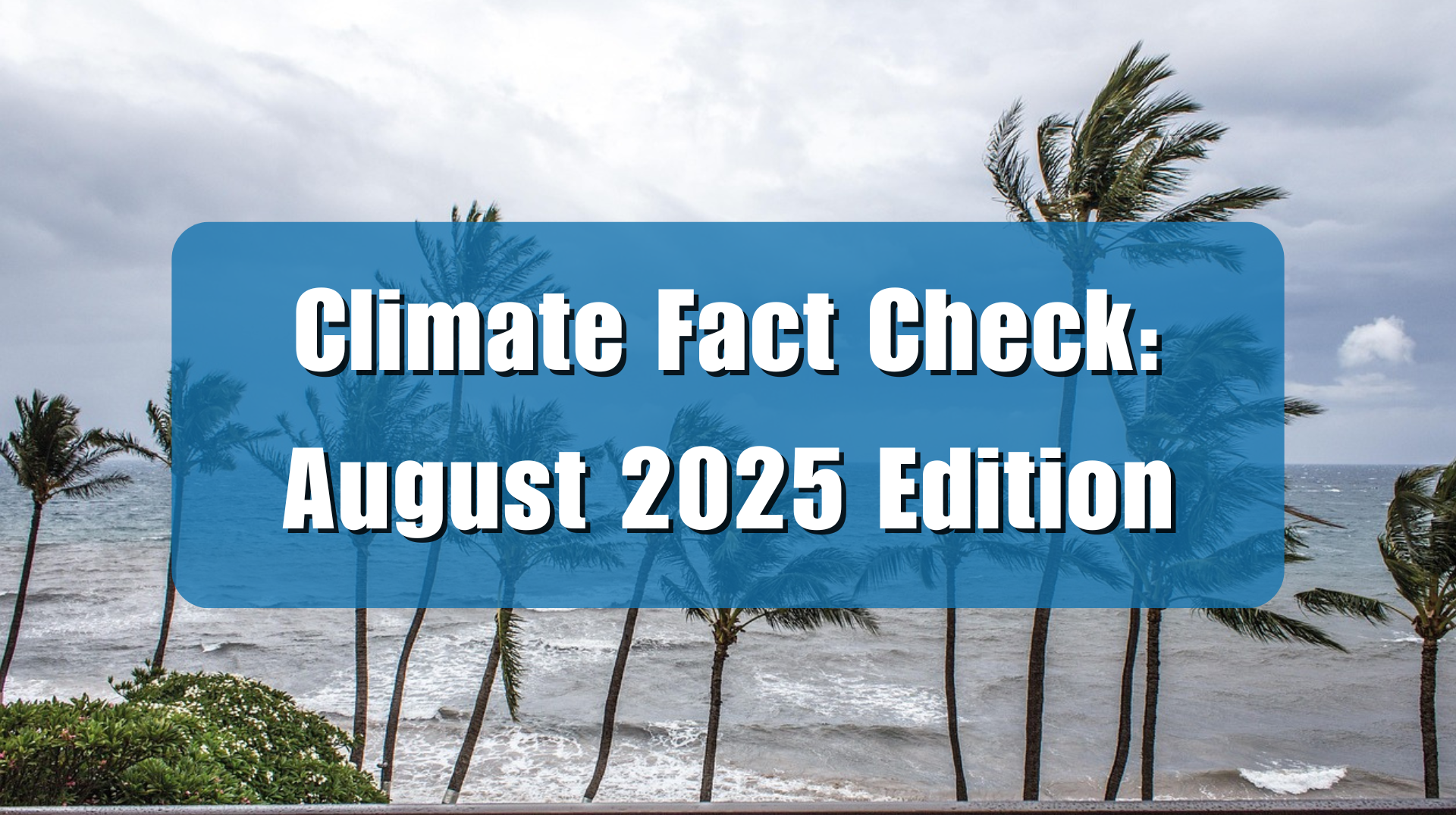CBS Boston published an article claiming that weather and climate change are responsible for the changing taste of wine from vintage to the next of small vineyard wines in Massachusetts. Weather definitely impacts the flavor of grapes used in wine, but this has always been true. Especially for small batches, wine changes from year to year based on a variety of factors, especially the influences of weather and temperature on the sugar concentrations in the grape. There is no evidence weather trends are changing due to climate change, however, and thus no data supporting the claim climate change is altering grapes in ways that impact their flavor. By contrast, there is real-world data showing grape production has increased dramatically during the recent period of modest warming, reflecting, in part the fertilization effect of rising carbon dioxide concentrations.
The article, “How climate change is impacting the taste of wine,” by Sarah Wroblewski, is vague concerning how, specifically, climate change is changing various small Massachusetts’ vineyards wine flavor profiles. The broad claim, as far as can be discerned, is that different weather conditions from year to year can impact the taste of small batch wines. Implied is the idea that this is a problem, and that local vintners are concerned.
Wroblewski repeatedly asserts that “growers have noticed the impacts of weather and climate change in the taste of their wine.” She goes on to explain that that one particular vintner says dry weather in the summer is better for the grapes, as opposed to getting too much rain later in the season which can cause the grapes to split. Wroblewski continues, saying that “Alfalfa Farm Vineyard is one of about 50 vineyards in Massachusetts. The grapes were planted here in the 1990s, and since then growers have noticed the impacts of weather and climate change in the taste of their wine.”
Wine production varies from year to year as does the production of almost every other crop grown. That being said, wine lovers in the United States should be relieved to learn what most vintners likely already know, that, according to data from the U.N. Food and Agriculture Organization, grape production has increased substantially since recordkeeping began in 1961. Declines in the past two years reflect the timing of specific, but hardly unique, seasonal weather events and the COVID lockdowns, which disrupted the supply chain and farmers abilities to regularly tend their vineyards and produce finished wines. Worldwide, both production and yield of the fruit remains strong, breaking records frequently (See the figure below).

The vineyards mentioned are localized in one geographic region, and extremely young in the world of winemaking, barely 30 years old. By contrast, other vineyards around the world can be hundreds of years old and span a wide variety of geological and climatological regions. Being relative novices in the production of wine, it may be difficult for New England vintners to standardize their finished product amidst normal variations in weather. This is a common finding among start-up micro brewers and distillers as well. Weather varies from year to year, and a single year’s weather or even a trend covering just a few years is not proof of the impact of human caused climate change. Rather climate is an average of weather data measured over a 30-year period.
No data exists indicating weather is becoming “more unpredictable” amid modest warming. The only impact that may have any bearing is a trend towards fewer and less extreme droughts in the United States. This is accompanied by a trend of increased precipitation over the mid-latitudes of the Northern Hemisphere. As discussed earlier, late season heavy rains can cause grapes to split, but drought and rainfall data from the United States National Integrated Drought Information System in Massachusetts doesn’t show a consistent trend towards more late season precipitation. (See the figure below).

Modest warming in general has not been a problem for grape production, as Climate Realism has pointed out numerous times, including here, here, and here, for example. Nor is it a shocking revelation to anyone familiar with winemaking that weather, among other factors, impact the taste of the wine. Consistency, especially in small batch wines, can be maintained by blending multiple years’ vintages, but a true single-year “vintage” will always taste different from one to the next. This one reason why, as any oenophile or wine collector can report, one year’s vintage from a particular vineyard can appreciate in value considerably over time, whereas the previous or following years’ vintages from the same producer fail to become collectible.
The grape vine plant is remarkably adaptable to modest changes in temperatures, whether upward or downward, reports the International Organization of Vine and Wine. Accordingly, the group has stated their members have little concern that winemaking is being threatened by climate change. CBS Boston and Wroblewski could have reported this good news and filled in real world data on rising grape production. Instead, they chose to promote climate alarm by publishing a story based on a few anecdotal claims made by relatively new to the industry growers in a particular region; that consistent wine flavors are become hard to produce due to climate change, implying the product has become unpalatable. This claim is virtually unverifiable and is undermined by the available data on production and sales.
























